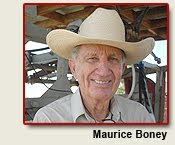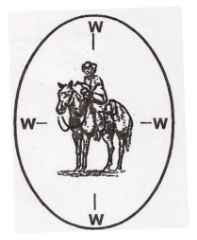We are very excited, our 1st placement of 1/2 Irish Black, Pasture Raised Yearlings will finish May 1st. We are in a program, Country Natural Beef (CNB) where we retain ownership of our cattle until they are slaughtered. The past few years have been successful and quite a learning experience. We are especially excited because this is the first set if 1/2 Irish Black Cattle that we have had in the feed lot. Our carcass evaluations in the past have been good, but we are anxiously awaiting the carcass results on our 1/2 Irish Black, Pasture Raised Cattle. We will post results on the carcass data as soon as we receive them.
The pictures above are of the first set of 1/2 Irish Black yearlings, out on grass last fall, until we moved them to a feed lot in Colorado.
*WE NOW HAVE COMING TWO YEAR OLD, IRISH BLACK BULLS FOR SALE!*
More information on them later.
More information on them later.
Contact Lane D. Parker (435)757-4643.



























